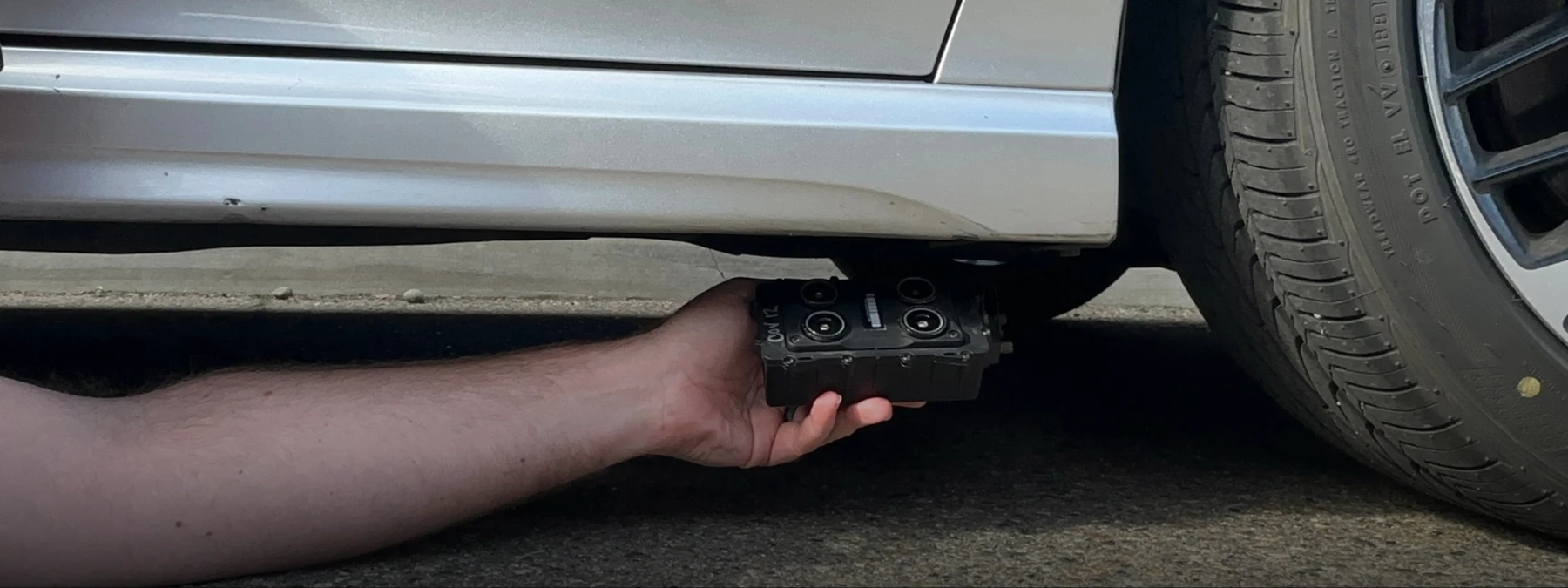
The case of United States v. Jones (2012 brought to the forefront the complex issues surrounding modern surveillance techniques and the Fourth Amendment. This article discusses the background of the case, what went wrong, and how to move forward.
Background of the Case
In 2004, a joint task force between the FBI and the Metropolitan Police Department opened an investigation related to drug trafficking occurring at the “Levels” nightclub. The investigation focused on nightclub owner Antoine Jones, and his business partner Lawrence Maynard. The task force gathered details on Jones through traditional surveillance methods and wanted to use a vehicle tracker to gather additional evidence.
A vehicle tracker is a device used to monitor and record the location of a vehicle and suspects or individuals of interest. The tracker, often a small, discreet electronic unit, uses GPS (Global Positioning System) technology to provide real-time location data or to store location information for later analysis.
The task force applied for a vehicle tracker search warrant from the United States District Court for the District of Columbia to place an electronic tracking device on the vehicle registered to Jones’ wife. Despite the 10-day requirement to serve search warrants, agents installed it on the 11th day while parked in a lot in Maryland. The task force tracked Jones’ movements over the next 28 days and used the tracking logs to indict Jones on multiple counts of drug-related offenses.
Before the trial began, the defense team submitted a motion to exclude the evidence gathered from the GPS device. The district court partially approved this motion, deciding to exclude only the data collected while the vehicle was inside a garage next to Jones’s home. Jones was found guilty and received a life sentence. However, the appellate court overturned this decision, ruling that the use of the GPS device without a warrant breached the Fourth Amendment. Subsequently, the U.S. Supreme Court agreed to review the case.
Problems with the case
Most states, District of Columbia included, have a 10 day requirement for search warrants being served. Rule 41(e)(1), states that “A search warrant shall not be executed more than 10 days after the date of issuance.” In the US v. Jones case, the GPS tracker was places on day 11, thus executing the warrant outside of the window prescribed.
State search warrants are generally limited to the State in which they are issued with electronic and business records being an exception. Rule 41(e)(2) states that a search warrant may be executed anywhere in the District of Columbia. In the US v. Jones case, the vehicle was found in a parking lot in Maryland and the tracker was placed on the car outside of D.C..
Legal Question Raised
The primary legal question was whether the government’s installation of a GPS device on Jones’ vehicle to track its movements constituted a search under the Fourth Amendment. This question brought two critical aspects of the Fourth Amendment into focus: the concept of trespass and the idea of reasonable expectation of privacy.
The Fourth Amendment protects against unreasonable searches and seizures, but what constitutes a “search” has been subject to interpretation. Traditionally, a search would involve some physical intrusion, like entering a home or personal property. However, with the advent of digital technology, surveillance can occur without such physical trespass, raising the question of whether such surveillance still counts as a “search.”
The Supreme Court’s unanimous decision that the action constituted a search was groundbreaking. Justice Scalia’s majority opinion emphasized the physical intrusion (trespass) onto Jones’ property (his vehicle) to install the GPS device. This approach was somewhat traditional, focusing on property rights and physical intrusion as key elements of a search under the Fourth Amendment. In Justice Scalia’s majority opinion, he notes that “the Government physically occupied private property for the purpose of obtaining information”.
While Katz v. United States, 389 U.S. 347 (1967) was a wiretap / eavesdropping case, it established the Katz test: Put simply, the Katz test is a Trespass + Obtaining Information = Warrantless Search. Applying Katz to the Jones case is straightforward. The first half of Katz is trespass; Did the task force have the legal right to install the GPS tracker in the first place. The warrant was required to be served within 10 days but it was installed on the 11th. The warrant was also required to be served within the District of Columbia and the tracker was placed while the vehicle was in Maryland. Lacking the legal authority to touch Jones’ vehicle, the task force trespassed upon his property. The second half of the test is obtaining information; by continuing to monitor Jones’ location and record his movements, the task force certainly obtained information.
The court held that the installation of a GPS tracking device on Jones’ vehicle, without a warrant, constituted an unlawful search under the Fourth Amendment. Justice Samuel Alito concurred but criticized the framing of the question in terms of trespass to property. He believed that it would be better to analyze the case by determining whether the Government violated Jones’ reasonable expectations of privacy.
Law Enforcements Lesson
The Jones cases serves as a reminder to pay particular attention to the limitations and constraints of the search warrant. It also shows a clear application of the Katz test and further defines the concept of “trespass” in investigative techniques. As investigations adopt more technological aspects, the fundamental lessons of search and seizure get applied to complex problems which always results in case law. While a search warrant is often the solution to the problem, serving the warrant properly resulted in the suppression of evidence.
